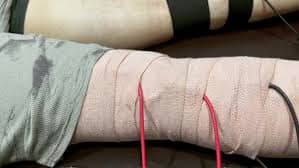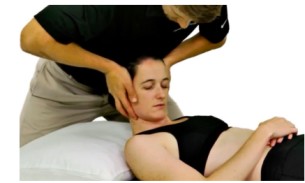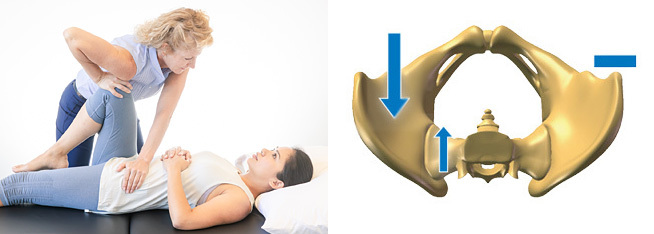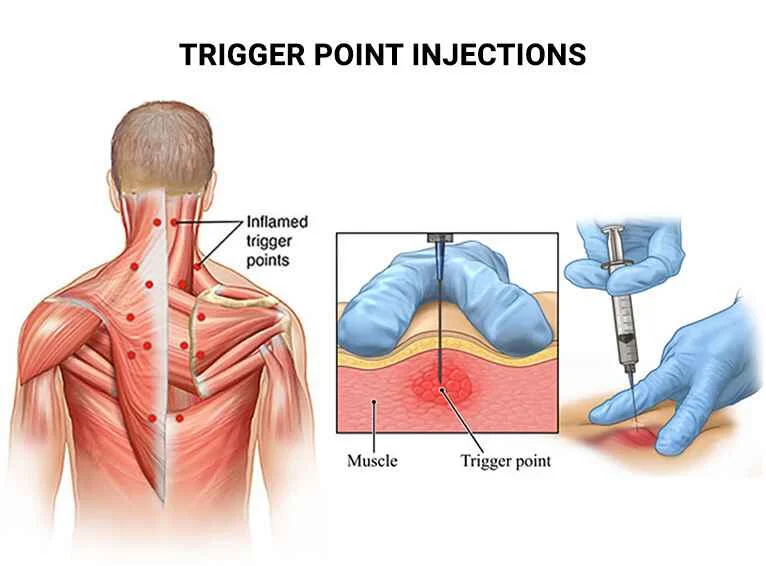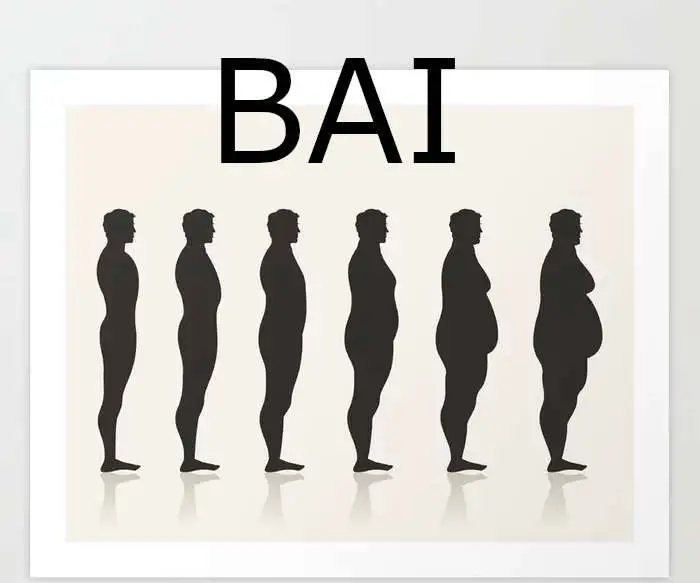Faradism Under Pressure
What is a Faradism Under Pressure?
Faradism under pressure is a specialized therapeutic technique that combines electrical stimulation with mechanical compression to reduce swelling, enhance muscle strength, and facilitate recovery.
It involves the application of faradic currents—low-frequency electrical pulses—while simultaneously applying controlled pressure to the targeted muscle group. This dual approach not only stimulates muscle contractions but also improves blood circulation, reduces swelling, and promotes the healing process.
How to Apply Faradism Under Pressure
Faradism Under Pressure is used to treat edema that is caused by inflammation or a lack of muscle contraction. It also helps to enhance lymphatic and venous drainage from the edematous area. such as Elephantiasis
1) Setting up the equipment
If a smart-bristow coil is being used, the operator should insert the core and turn up the current until a mild prickling sensation and a muscle contraction are felt. Otherwise, the operator should attach leads and electrodes to the terminals, hold the two electrodes in a moistened hand, and test the apparatus. As you describe the feeling you are having, make sure the patient can see the muscle contraction that is occurring.
A disc electrode or a tiny lint/sponge pad with a flat plate electrode can serve as the active electrode. Large muscles like the quadriceps and glutei respond better to the second type since it is simpler to mold to the surface and achieve good contact. To complete the circuit, an indifferent electrode consisting of a lint/sponge pad and a flat plate electrode are utilized.
The disc electrode’s lint and pads are soaked in a 1% saline solution that has been warmed. You can use tap water, however adding salt makes the wetting solution less resistant; 1 percent saline has a resistance that is somewhat lower than that of tissue fluids.
2) Preparation of the patient
The patient is supported comfortably in good light after having any garments removed from the area to be treated. The muscles cannot properly respond to stimulus unless the patient is heated. When muscles are shortened and electrical stimulation is applied, muscular contraction is typically easiest to achieve.
To aid in the lymph and veins returning, elevate the affected limb. Since numerous muscle contractions are necessary for the muscle pump, position the electrode and pads over the motor sites of the primary muscle group involved. For example, in the lower limb, place one electrode over the calf muscle and the second electrode on the plantar side of the foot.
Faradism under pressure for the upper limb/lower limb
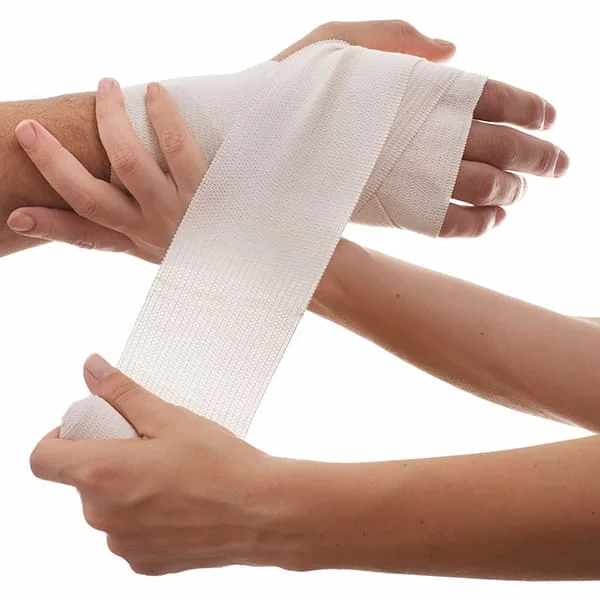
Place the electrode on the flexor aspect of the arm and forearm for the upper limb. After firmly attaching the pads, test the contraction that results, using straps if necessary. As needed, reposition the pads. after which, starting from a distance, apply an elastic bandage. It should be tight but not overly so.
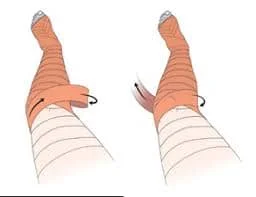
Don’t leave spaces between the bandage’s turns. When the muscles contract, the bandage raises the pressure on the vessels, and when the muscles relax, their recoil creates an additional pumping effect.
A steady tempo of contraction is necessary to allow the muscles to contract as much as possible. In order to allow for relaxations and the vessels to refill, the repetition rate is likewise gradual. Typically, two to three minutes of contraction would be followed by a five-minute rest period. as long as fifteen minutes in total each session. Muscle contraction results in a treatment duration of about 35 minutes.
Because the limb is oedematous, the current may travel throughout the fluid, making it challenging to stimulate motor sites to cause contraction. In this instance, nerve conduction is an additional application technique that could excite the muscles.
Using this stimulation method, the indifferent electrode is applied to one place, and the active electrode is applied to a spot where the nerve trunk is superficial.
Every muscle that is innervated by a single nerve contract as a result. The technique can also be applied in the event that a wound or brace prevents the motor points from being accessed. Additionally, it is the most comfortable way to use the facial muscles used for expression. Three points—one behind the lateral corner of the eye, one in front of the ear, and one just above the angle of the jaw—over the branches of the facial nerve are stimulated for this purpose.
Indication:
The following are the diseases where Faradism under pressure is useful such as:
- Diabetic foot
- Ankle edema
- Hand edema
- Elephantiasis
- Post phleblitis sydrome
- Soft tissue injury
- Gravitational edema
- Lymphoedema
- Varicose ulcers
Contraindication of Faradism Under Pressure
Faradism under pressure, while beneficial in many cases, should not be used in certain situations due to the potential for adverse effects. Below are the primary contraindications:
- Acute Infections
- Malignancy in the Area of Treatment
- Deep Vein Thrombosis (DVT)
- Severe Cardiovascular Conditions
- Pacemakers and Implanted Electronic Devices
- Pregnancy
- Open Wounds or Skin Lesions
- Unstable Fractures
- Severe Peripheral Neuropathy
- Severe Peripheral Vascular Disease
- Impaired Sensation
It is crucial to conduct a thorough assessment of the patient’s medical history and current health status before commencing faradism under pressure therapy. If any contraindications are present, alternative treatments should be considered to avoid potential harm.
References
Dhameliya, N. (2023, January 6). FARADISM UNDER PRESSURE USE IN PHYSIOTHERAPY. Samarpan Physiotherapy Clinic. https://samarpanphysioclinic.com/faradism-under-pressure-use-in-physiotherapy/

